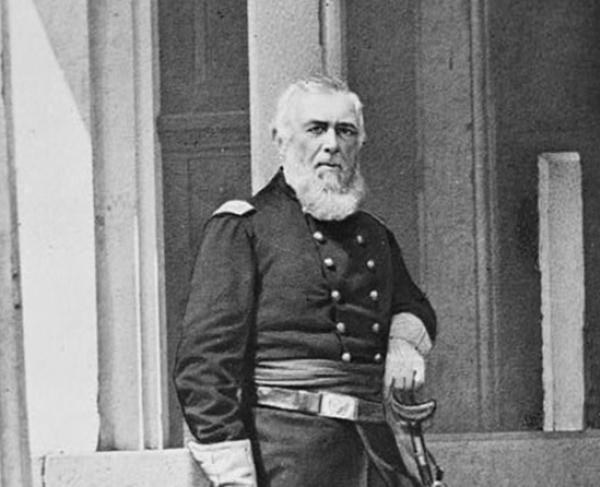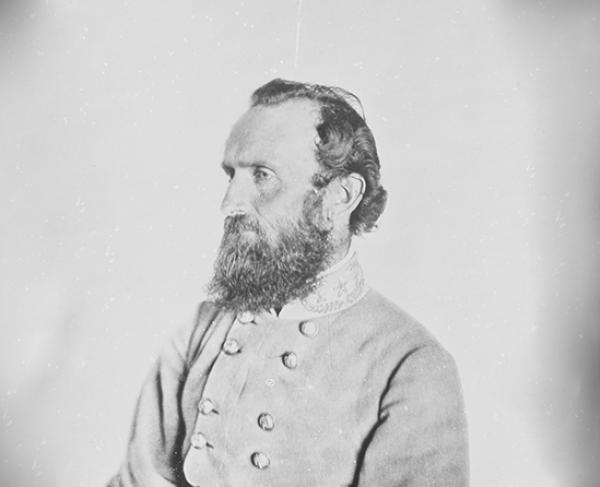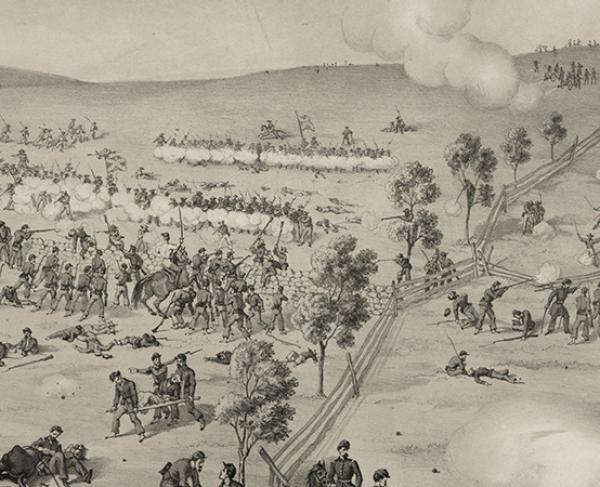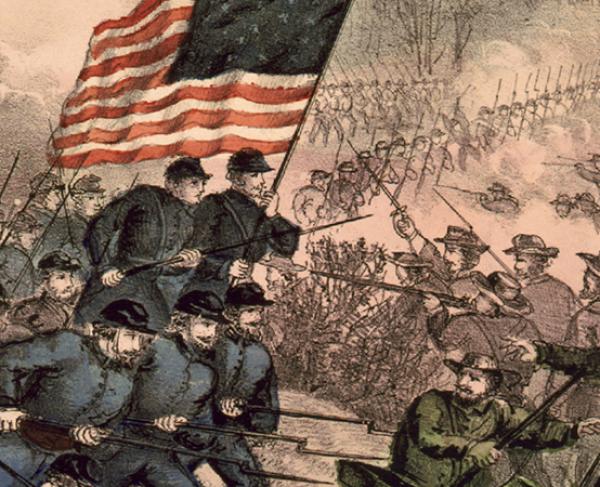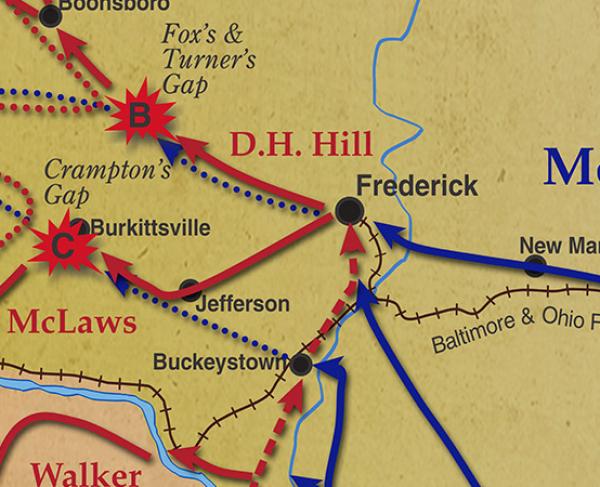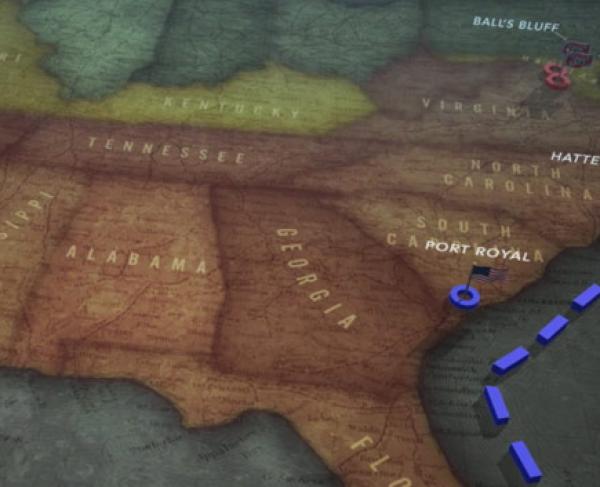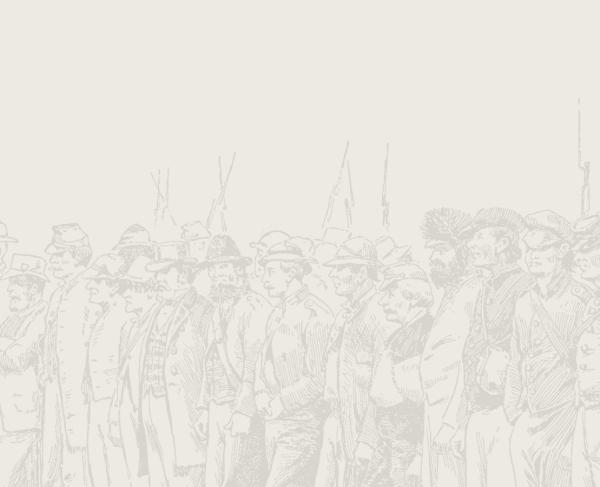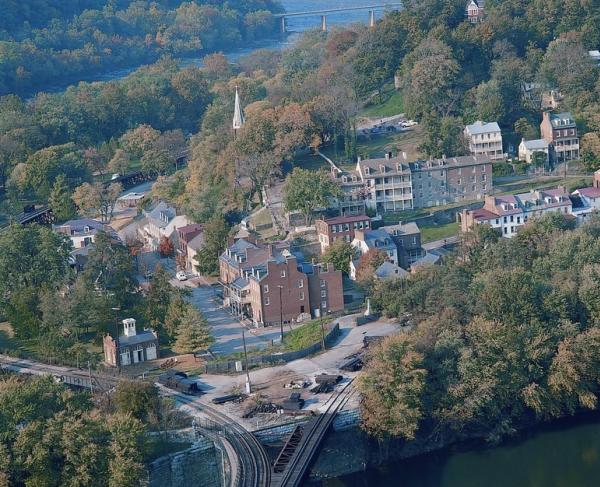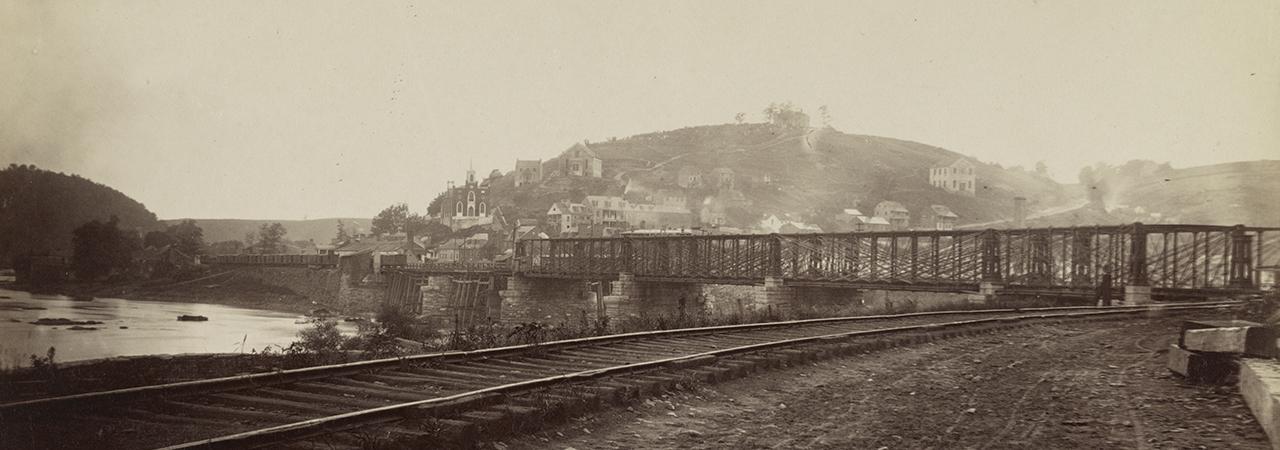
Harpers Ferry
Jefferson County, WV | Sep 12 - 15, 1862
From September 12 to 15, 1862, Confederate forces under Gen. “Stonewall” Jackson besieged the 13,000-man garrison at Harpers Ferry resulting in the largest surrender of American troops until World War II.
How It Ended
Confederate Victory. After Confederate artillery took positions on Maryland and Bolivar Heights that overlooked the town, they unleashed a barrage that threatened Union garrison commander Col. Dixon Miles’s entire line. Miles decided to surrender his 13,000-man garrison to Gen. “Stonewall” Jackson on September 15, 1862.
In Context
During the fall of 1862, Confederate Gen. Robert E. Lee launched the Maryland Campaign intending to attract European support for the Confederacy and gain recruits for his army. Once he moved into Maryland, his plans were disrupted when the 13,000-man garrison at Harpers Ferry decided to hold their positions rather than retreat. Fearing this Union force could hamper with his communication and supply lines, Lee decided to send Gen. Thomas J. “Stonewall '' Jackson to capture the garrison.
On September 9, while encamped near Frederick, Gen. Robert E. Lee issued Special Order 191, an audacious plan that involved splitting his army. James Longstreet’s wing would continue west into Maryland, while a division under D. H. Hill covered the gaps in South Mountain, preventing the Union army from following Longstreet. Meanwhile, Gen. Thomas J. “Stonewall” Jackson’s wing would march to Martinsburg, capture a small Federal garrison there, and besiege Harpers Ferry. Once these objectives were accomplished, the Confederates would reunite in Maryland.
Meanwhile, the Union commander at Harpers Ferry, Col. Dixon S. Miles, infamous for his drunkenness during the Battle of Bull Run, began preparations to defend the town. The topographical features of the town rendered it nearly indefensible. Surrounded by high ground on three sides, a successful defense relied on holding Bolivar Heights, Maryland Heights, and the 1,200-foot Loudoun Heights. Disregarding the advice of his subordinates, Miles divided his 13,000 men into four brigades, with the main force tasked with defending Bolivar Heights, a ridge two miles west of town on the southern bank of the Potomac. Up on Maryland Heights, Miles deployed his weakest brigade, which contained many troops yet to experience combat. On Camp Hill, a gentle slope outside the town, Miles posted a brigade of mostly untrained militia. Miles ignored Loudoun Heights, convinced that the oncoming Confederates would be unwilling or unable to maneuver artillery up the steep rise. Jackson’s 30,000 men left Frederick on September 10, and fighting began two days later on Maryland Heights.
14,000
30,000
At 9:00 a.m. on September 13, Gen. Lafayette McLaws’ men advanced up the steep slopes of Maryland Heights and attacked the Union defenders. The Federals held against repeated assaults until a Confederate flanking maneuver by Gen. William Barksdale’s Mississippi brigade caused the Yankees to fall back down the heights. McLaws heavy artillery on the captured ground, threatening both Bolivar Heights across the river and Camp Hill below.
That same day, Confederate Gen. John G. Walker’s division reached the summit of Loudoun Heights unopposed and planted more Confederate guns there. The remainder of Jackson’s men, successful in chasing the Yankees out of Martinsburg, were about three miles west of Bolivar Heights. Realizing he was now surrounded on three sides, Miles wrote McClellan that he would have to surrender if the garrison was not reinforced within 48 hours.
However, Miles didn’t have 48 hours. Early the next morning, well-placed Confederate artillery on Maryland Heights shelled the Union positions. The inexperienced Federal gunners returned fire, but their shots were haphazard and poorly aimed. At 3:00 p.m. Gen. A.P. Hill’s Division advanced toward the Federals on Bolivar Heights, meeting stiff resistance. With the three major heights surrounding Harpers Ferry now firmly in his possession, Jackson ordered additional artillery to be brought up that evening in preparation for a fierce strike on the morning of the 15th.
During the night, the Confederates placed five batteries from Hill’s division on Maryland Heights and around the base of Loudoun Heights. Coordinating one fierce strike, Jackson ordered an infantry assault for 8:00 a.m. on the 15th, sending A.P. Hill forward as his batteries bombarded the Union left. As guns began firing, most of Miles’s infantry took shelter in ravines and tranches. Jackson ordered Hill’s guns to cease firing and ordered the infantry to storm the Federal works.
12,636
286
Believing the situation to be hopeless, Miles called a meeting of his subordinates. As surrender was debated, a shell burst through the wall of the house where the officers met, shattering Miles’ left leg. The garrison surrendered a short time later. The Union capitulation at Harpers Ferry of some 13,000 soldiers was the most Federal prisoners captured during the war.
Jackson sent a courier to Lee, informing him of the victory. He received in reply a message to get his men quickly to Sharpsburg, where Lee had decided to make a stand with the rest of the army behind Antietam Creek. Jackson left Hill to parole the prisoners and take possession of 73 pieces of artillery, 13,000 small arms, and large quantities of wagons and supplies. Hill’s division then left Harpers Ferry, arriving in Sharpsburg late on September 17th, just in time to play a decisive role in the Battle of Antietam.
With his supply and communication lines stretching from Northern Virginia into Maryland, Gen. Robert E. Lee did not want a sizable Federal force to pose a serious threat to those lines or hinder his movement into Maryland. Thus he was compelled to send Gen. Thomas J. “Stonewall” Jackson to capture the garrison at Harpers Ferry.
At the time of the Union garrison’s surrender at Harpers Ferry over 12,000 men surrendered to the Confederates. The surrender of the garrison was the largest surrender of the United States Military until the start of World War II when over 78,000 servicemen surrendered in the Philippines in 1942.
Harpers Ferry: Featured Resources
All battles of the Maryland Campaign
Related Battles
14,000
30,000
12,636
286
